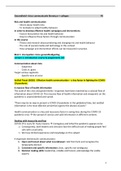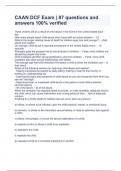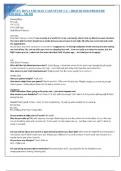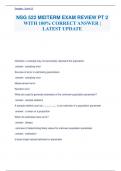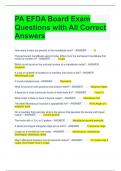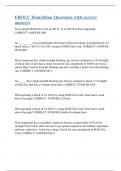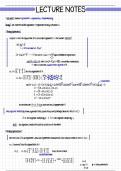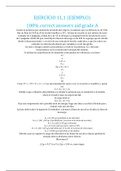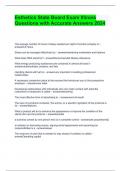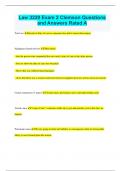Samenvatting
FULL summary Risk and Health Communication 2021
This is a summary for the course "Risk and Health Communication" of the study Communication Science at the Vrije Universiteit Amsterdam. The summary consists all articles and the lectures. I would appreciate a star-review if you think it's a good summary! :)
[Meer zien]
